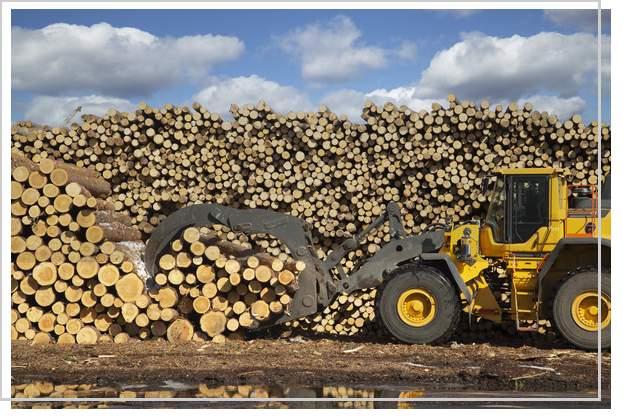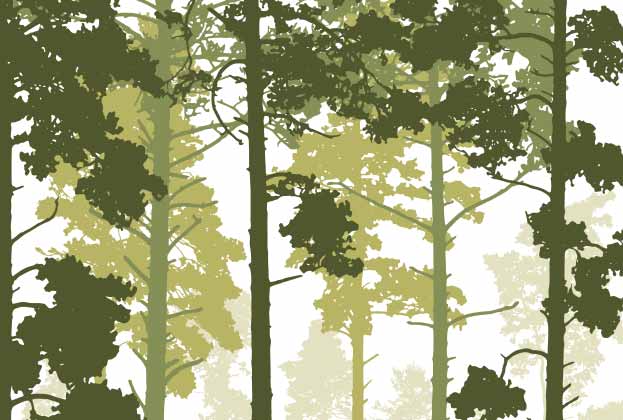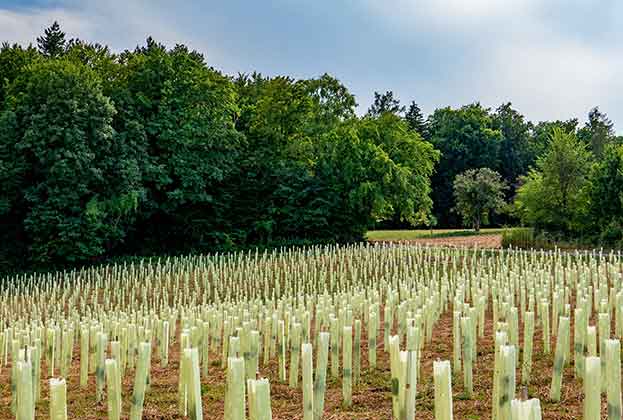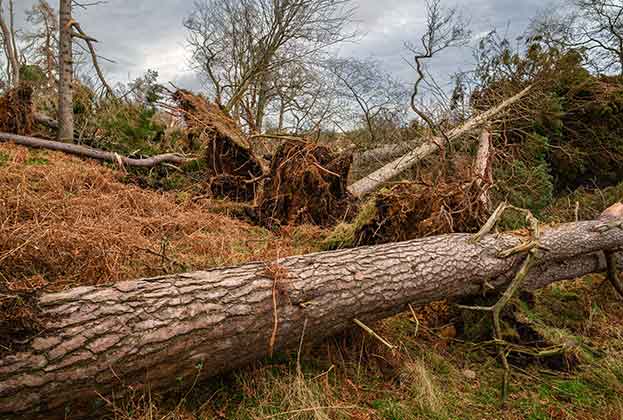As the demand for forestry ownership intensifies, the capital appreciation of forestry property remains a key purchasing driver for investors. Last year there was clear evidence of a new buyer entering the UK forestry market drawn to the environmental and social benefits of forestry.
The UK Government’s commitment to achieving net zero emissions by 2050 legislates the need for business and industry to consider their impact on the environment. The carbon sequestration capability of forestry has encouraged investors to look at forestry as an offsetting mechanism. There is an increasing recognition and expectation on forestry to assist in combatting climate change as well as providing important public services such as green spaces for recreation.
14,400 hectares of commercial forestry were sold in the UK in 2019 with a market value of just over £121 million. Although compared with 2018 this represents a slight contraction of -2 per cent in overall sales value and -4 per cent in the number of hectares traded, average forest values continued to rise.
Savills analysis of the 2019 forestry market shows that the average gross value increased by 17 per cent to £9,900 per hectare, which translates to an increase of 25 per cent per net productive hectare to £13,100.
Although tracking average values provides an excellent basis for trend analysis, in reality forestry values are diverse and price is dependent on a range of factors including location, accessibility, tree species, average age and timber quantities.
Our regional trend analysis shows that North Scotland is a lower value area due to the poorer physical growing conditions, variable tree growth and extended distance to timber markets. However, in 2019 North Scotland witnessed the highest rise in values across the UK regions. This reflects the improving timber prices across the region and a distillation of money to the area reflecting the lack of supply in the prime market areas. South Scotland remains the most competitive area for timber marketing in Scotland and forests here also benefit from excellent physical growing conditions, making it a prime investment area.
The average price of commercial forestry in England and Wales is higher than any Scottish region with average net productive values above £16,000 per hectare, reflecting the generally higher land values in these countries and shortage of property traded.
The growing interest in forestry has now filtered through into tree planting – evident in the political party manifestoes last year. These positive pledges are very welcome, but there was little detail on how this additional planting would be achieved against a backdrop of complex grant schemes, slow processes, lack of nursery stock and the higher value of competing land uses.
Fundamentally, planting must be seen as part of a balanced solution and a significant proportion of new trees must continue to be planted for sustainable timber production, rather than simply to meet targets.
Further information
Read more: Spotlight: The Forestry Market
.jpg)





